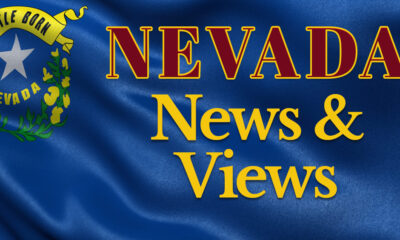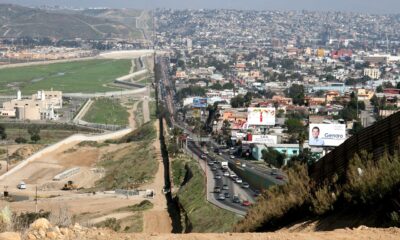(Sean Whaley/Nevada News Bureau) – The Nevada Employment Security Council voted today to recommend no change in the unemployment insurance tax rate for 2010 after hearing from business and labor representatives who said any increase would cost jobs and further slow the state’s economic recovery.
The council, a panel of nine representatives of the public, labor and business, voted to leave the average rate charged to Nevada’s employers for the cost of providing unemployment benefits at 1.33 percent in 2010. The decision runs counter to a recommendation by Gov. Jim Gibbons to reduce the rate to 1.0 percent.
Other options on the table were increases in the rate to as much as 2.33 percent.
The final decision will be made Dec. 7 by Cynthia Jones, administrator of the state Employment Security Division. Jones said barring any major developments between now and that date, she expects to adopt the rate recommended by the panel. Jones said she was not rejecting Gibbons‘ recommendation, but rather accepting the recommendation of the council.
Dan Burns, spokesman for Gibbons, said the governor was disappointed that the council did not provide the tax relief he recommended last week, but was pleased the rate was not increased.
“Now is the time, if you want to create jobs, to take some of the burden off of the employer no matter how small,” Burns said.
By leaving the rate unchanged, the state will have to borrow as much as $1 billion between now and the end of 2010 to cover the cost of providing unemployment benefits, Jones said. There is the potential for interest payments on the borrowed money beyond 2010 as well, which could not come from the unemployment fund, she said. The only other time the state borrowed money for the fund was in 1974 when the tax rate charged to businesses was 2.7 percent.
Employer and employee representatives who spoke to the panel said borrowing from the federal government was unfortunate but necessary.
“I’m here to ask you not to increase the unemployment tax rate paid by our employers,” said Veronica Meter, representing the Las Vegas Chamber of Commerce. “Our state economy and the businesses that operate in it are in difficult circumstances.”
The 2009 Legislature already raised business taxes on the state’s largest employers, she said.
“Your actions today do not take place in a vacuum,” Meter said.
Ray Bacon, representing the Nevada Manufacturers Association, said his membership has been hit hard along with every other employment sector in the recession that has its starting date now pinned to Dec. 2007.
“Go as lightly as you possibly can.” he told the panel.
Danny Thompson, representing the Nevada State AFL-CIO, made a similar plea, saying unemployment rates in the building trades in the Reno area are now at 65 percent in some cases. When the CityCenter and the McCarran International Airport expansion projects are finished, there won’t be any construction jobs in Las Vegas either, he said.
“I don’t think we’re at the bottom yet and we’ve never been at a place we are today,” he said.
Paul Havas, chairman of the panel, said the state is in a difficult economic situation that has not been seen in at least decades.
“The Employment Security Council finds itself in uncharted waters, and the task before us is critical,” he said at the start of the meeting. “We must work towards the goal of reestablishing the trust fund solvency, while at the same time keeping in mind the impact on Nevada business during this period of economic turmoil.”
The panel was told by agency staff that predictions for the future of Nevada’s economic recovery are difficult to make with any certainty.
Bill Anderson, the chief economist for the agency’s Research and Analysis Bureau, said last year the prediction was for an unemployment rate of 8.6 percent this year. Instead it is 11.3 percent on average, hitting 13.2 percent in August. The original forecast was for 44,000 new jobs through 2011. Instead, 75,000 jobs have been lost in 2009 alone.
Anderson said he does not believe there will be any job growth in Nevada until 2011, although 2010 won’t see as big a loss in jobs as has been seen this year. While some job growth is expected in 2011, the unemployment rate will not see any immediate declines to the more traditional 4 percent to 5 percent range, he said. The unemployment rate in 2011 is expected to average more than 12 percent.
“We think a lot of the deterioration is behind us but we’re going to spend a considerable amount of time more or less treading water,” Anderson said.
If the rate recommended by the panel is adopted, it will raise about $313 million in 2010, but the expected payout will be in excess of $1 billion, creating a shortfall and the need to borrow from the federal government in the near term. The state fund is expected to run out of money later this month, requiring the initial borrowing of $264 million this year alone.
Jones said the unemployment benefits must be paid, either by setting the state tax rate higher or by borrowing. But there is a statutory obligation to pay the benefits, she said.
Jones said any borrowed money ultimately will have to be paid back, but business representatives said that should occur after the economy recovers and business can afford to pay the higher rates needed to erase the debt.




Facebook
Twitter
Pinterest
RSS